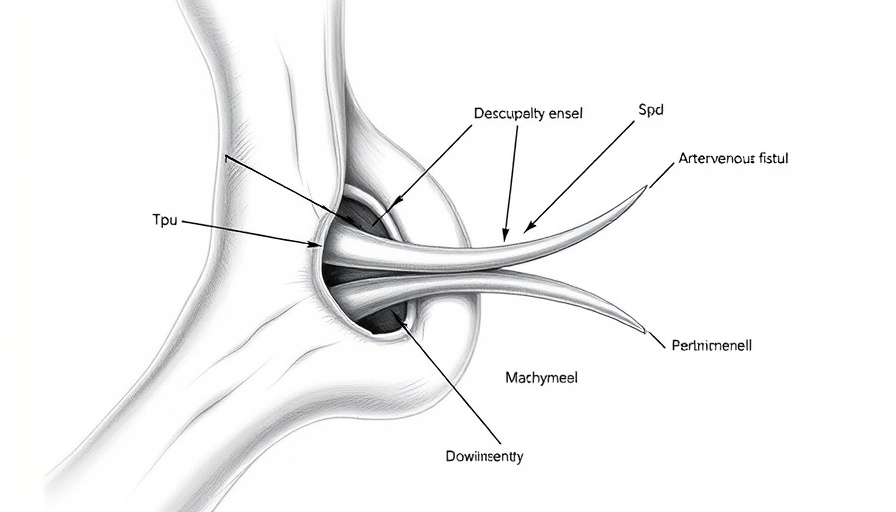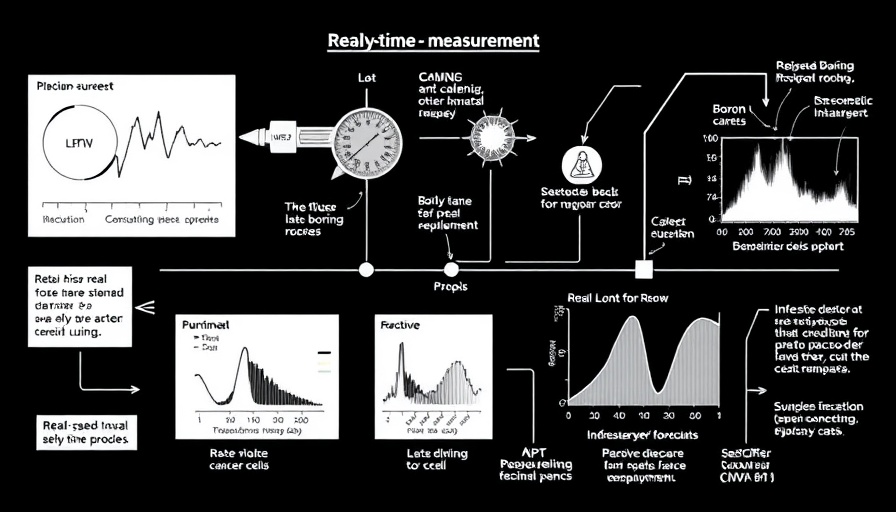
Revolutionizing Emergency Response: The Soft Robotics Craze
Maintaining an open airway is among the foremost priorities in emergency medicine and can critically impact patient outcomes. Intubation, a vital procedure to secure that airway, often requires extensive training and expertise. Yet, researchers at UC Santa Barbara have unveiled a potential game-changer: a soft robotic intubation device designed specifically for non-expert users.
This groundbreaking device, which functions without electronic components, offers a promising solution to the complexities surrounding traditional intubation methods. As detailed in a recent study published in Science Translational Medicine, initial tests showed a staggering 100% success rate with trained professionals and a commendable 96% success rate with non-expert medical providers in the field.
The Difficulties of Traditional Intubation
Understanding why the new device is revolutionary requires looking at the challenges posed by traditional intubation techniques. Conventional tools rely on a rescuer’s anatomical knowledge and competence to visualize the tracheal opening and maneuver a tube through a winding airway to achieve effective ventilation. This intricate procedure demands ideal conditions—adequate lighting, favorable body positions, and highly trained personnel, which are often absent in emergency situations.
Factors such as potential injuries, fluid in the airway, or difficult patient anatomy can significantly complicate the intubation process. As Professor Elliot Hawkes remarked, “Traditional tools, which are pushed from the base, are fundamentally limited in navigating delicate, tortuous anatomy.” In contrast, the new soft robotic device promises to mitigate many of these challenges, providing a reliable method for airway management.
Soft Robotics: A New Paradigm
The brilliance of the soft robotic intubation device lies in its flexibility and ease of use. It actively guides a soft tube into the trachea while bypassing many of the anatomical hurdles that traditional methods encounter. Instead of relying on the rigid structures commonly associated with medical tools, the device mimics the body's softness, navigating past obstructive features such as the epiglottis—a small fleshy flap that has evolved to protect the airway.
This innovative approach not only increases the device's functional success but also enhances patient safety. Rescuers no longer have to struggle to physically manipulate a metal laryngoscope; instead, the device takes the guesswork out of the procedure, allowing for more focus on patient assessment and management in chaotic environments.
Implications for Non-Expert Users
One of the most significant advantages of this new intubation technology is its accessibility for non-expert users. In many emergency scenarios, untrained bystanders or first responders with limited medical training may be the first to arrive on the scene. Providing these individuals with tools that can effectively handle life-saving procedures like intubation represents a substantial leap forward in prehospital care.
The higher success rates in non-expert users not only empower regular people to take part in emergency medical responses but also suggest improved outcomes for patients in dire situations. This democratization of intubation could bridge the gap in healthcare accessibility, especially in remote or disadvantaged areas where professional medical assistance may be delayed.
Looking Ahead: The Future of Intubation and Emergency Care
As healthcare continues to evolve with technology, innovations like the soft robotic intubation device exemplify the merging of human ingenuity and compassion in medical care. With further research and development, we are likely to see widespread adoption of such devices, integrated into training programs for non-medical personnel who may find themselves in emergency situations.
This trend of utilizing soft robotics not only promises a safer, more efficient means of intubation but also has potential applications in other areas of emergency medicine. Future developments could lead to entirely new protocols for managing emergencies, showcasing the exciting frontier of healthcare innovation.
Your Role in the Transformation of Emergency Care
As the field of medicine gradually integrates advanced technologies, it is crucial for the public to stay informed and engaged. Awareness of devices like the soft robotic intubation tool empowers individuals to understand their potential benefits and support advancements that can save lives. Consider sharing this information with friends and family—who knows when someone might need their airway secured during a critical moment?
 Add Row
Add Row  Add
Add 




Write A Comment